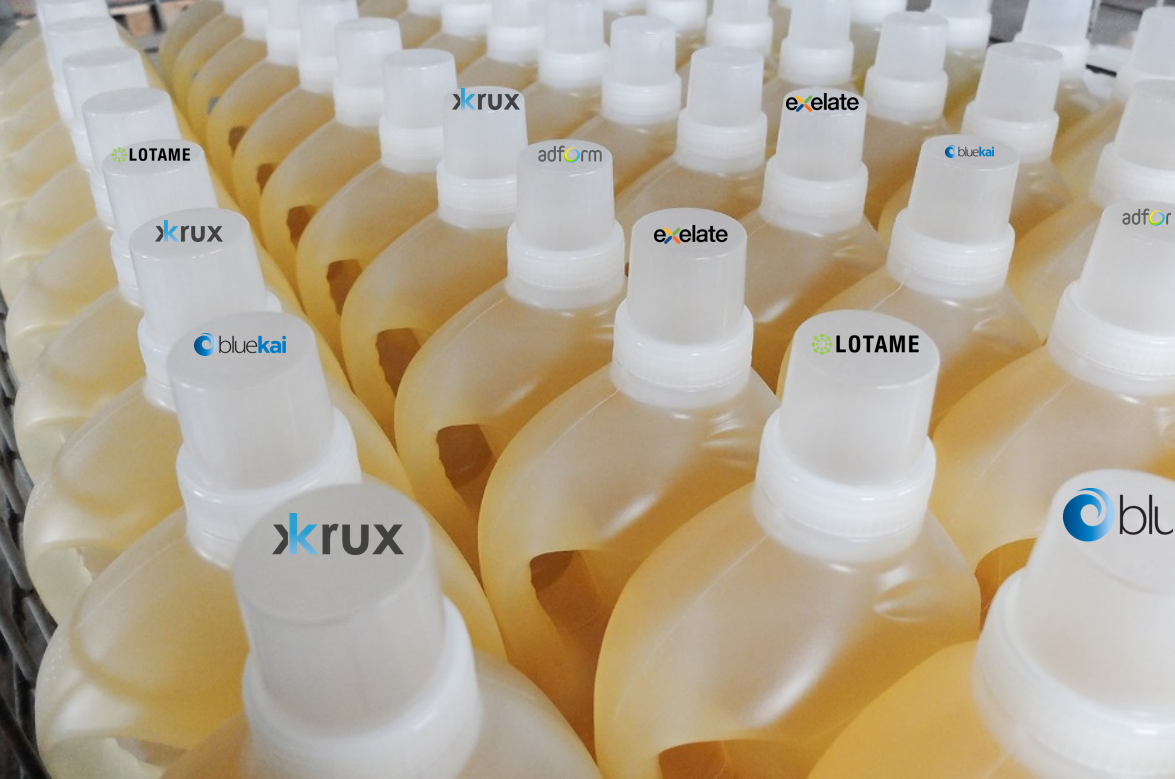Brands and advertisers are changing the approach toward data driven advertising and starting to use data management platforms as commodities. Prices of services are lowering and the data management software become more efficient.

The contemporary history of ad tech
Back in 2015, only big brands could afford a DMP because the high cost of implementation and maintenance. A data management platform is useful for advertisers who want to centralize data and make it available real time when buying impressions that match with the desired audience thanks to programmatic advertising.
When choosing for a DMP you would include the following:
- Learning phase with trainings and consultancy
- Understanding the actual use of the ad tech software and company needs
- Software selection
- System integration
- Actual set up for operation and data ingestion
- Internal organization for actual functioning
- Constant trainings on team and consultancy on need
Only corporations saw the advantage and actually have the money and resources. The investment of time for the above-mentioned items requires at least 12 to 24 months depending on the company structure and efficiency in carrying out tasks. The cost of the operation needed to be justified by a high amount of first party data, high budget spending and a long-term strategy for at least 3 years calculation in return on investment. As we are approaching 2018 things have changed. Today, even mid spenders could benefit from a DMP thanks to the commoditization of the software.
The evolution of the DMP pricing
Companies begin -or have the intention to- invest in data driven now that prices of DMPs are lowering. The Moore’s law perfectly fits with the ad tech and advertising field. The principle says that the number of transistors in a dense integrated circuit doubles every two years. This means the hardware is getting smaller and more powerful, thus the cost of storage reduces and the computation of cloud solutions becomes more efficient. DMPs now offer competitive prices also to mid and small companies. The SaaS (software as a service) that DMPs offer can vary from the following:
- Use it for free in exchange of data (by tagging the web properties). Usually media agencies and ad networks propose this model.
- Use it for a tiny amount (avg. 1.500€/ month) and get a rev share percentage on the monetization of data, typical for an single brand investing around 30.000€/monthly in digital media budget
- Use it for a fee and pay the consumption based on the profiles generated (with first and third party data). This is ideal for brands with a consistent budget spending but still want to keep flexibility in managing audience. Companies opting for this solution may be prepared to spend up to 50k a year.
With this range of opportunities, brands of every budget portfolio can chose the solution that fits best. However, a DMP does not suite for all advertisers and there is still a minimum indication of 20.000€ of digital media budget/month to start seeing returns.
The data ad stack
Marketing and advertising technology is merging. DMPs were originally created for the acquisition of clients online and now moving toward the whole customer journey. Now they covering and integrating functionalities typical of the marketing funnel. For example, the CRM Salesforce acquired the DMP Krux. Oracle is integrating tools to help the consumer path via their data analytics (Omniture), DMP (BlueKai) and a “broader” data management cloud solution (Datalogics). These software enable companies to centralize the information whether the audience is a potential or loyal client. DMPs from one side collect CRM data as well as offline information, on the other one, marketing automation tools personalize the experience in the website for returning customers thanks to the profiling that DMPs actionate during the cookie ingestion.
Data collection will also be influenced due to the entrance of the GDPR and the ePrivacy policy. This affect mainly the first party data and the user’s consent. Most technologies operating in advertising claim they are already compliant to the new EU rules, but still, companies have another urgent task (it becomes effective in May 2018) to carry out around the protection of information of their customers.
What to do in the future to thrive in the data driven world?
In an always-evolving landscape, data management remain a prio in the agenda for advertisers. Even though DMPs are becoming commoditized, any company from publishers to brand willing to invest on a data management platform should carefully study all the aspects of the integration or rely on consultants. As said, DMPs are only valuable if there is a clear strategy behind. Companies must have clear that this investment is long term.
If your company (advertiser) is in the process or considering to adopt a DMP, please bear in mind the following*:
- Your company subscribe a global contract with a DMP solution only if you have validated that for each country there is enough coverage of data integrations with third parties. For example, if your main business is in Europe but you adopt an American focus solutions, it might bring some disadvantages.
- Budget in digital is minimum 20.000€/month per Country you are investing budget.
- Your company owns not less than 10.000 profiles (first party data) per Country you are investing budget.
- Your company has experience with programmatic advertising platforms, and preferably an internal person who is responsible for each country
- Your company is willing to pay consultants, system integrators and other relevant people that may save you money in the long run.
*Please note that the aim of the article is to give general suggestions based on my experience.
